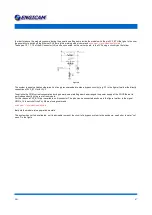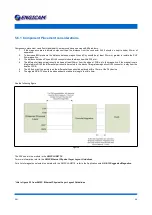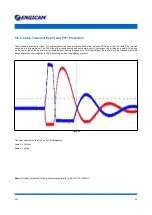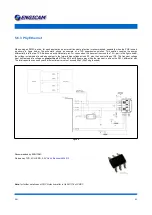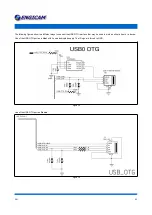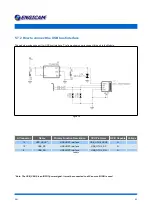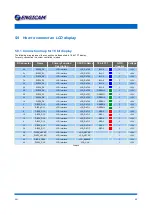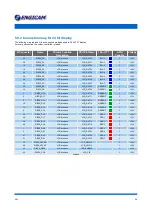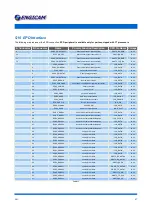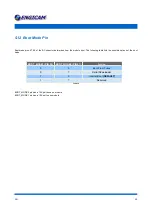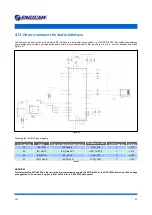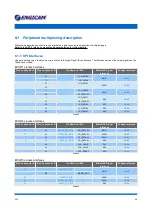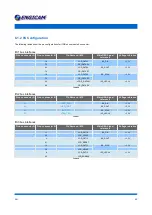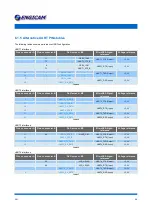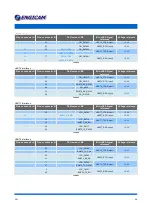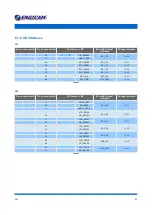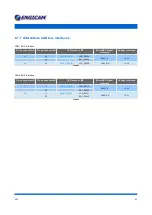
5.12.1 Boot Signals Management
Following are shown the signals you must consider during the boot sequence:
B Connector
Name
Status on Reset
(Mandatory)
Boot Config Signal
Boot eFUSE
Descriptions
26
DISP0_D0
Floating
BOOT_CFG1[0]
24
DISP0_D1
Floating
BOOT_CFG1[1]
16
DISP0_D2
Floating
BOOT_CFG1[2]
18
DISP0_D3
Floating
BOOT_CFG1[3]
22
DISP0_D4
Floating
BOOT_CFG1[4]
30
DISP0_D5
Floating
BOOT_CFG1[5]
28
DISP0_D6
Floating
BOOT_CFG1[6]
36
DISP0_D7
Floating
BOOT_CFG1[7]
20
DISP0_D8
Floating
BOOT_CFG2[0]
14
DISP0_D9
Floating
BOOT_CFG2[1]
2
DISP0_D10
Floating
BOOT_CFG2[2]
6
DISP0_D11
Floating
BOOT_CFG2[3]
8
DISP0_D12
Floating
BOOT_CFG2[4]
10
DISP0_D13
Floating
BOOT_CFG2[5]
12
DISP0_D14
Floating
BOOT_CFG2[6]
4
DISP0_D15
Floating
BOOT_CFG2[7]
51
GPIO3_28
Floating
BOOT_CFG4[0]
47
GPIO3_27
Floating
BOOT_CFG4[1]
3
UART8_RXD
Floating
BOOT_CFG4[2]
1
UART8_TXD
Floating
BOOT_CFG4[3]
49
GPIO3_24
Floating
BOOT_CFG4[4]
39
GPIO3_23
Floating
BOOT_CFG4[5]
34
DISP0_D17
Floating
BOOT_CFG4[6]
32
DISP0_D16
Floating
BOOT_CFG4[7]
Table 21
The NXP documentation declares the above signals as BOOT_CFG signals but no other information (function and reset status) is
currently given about them.
Basing on the Engicam test result we currently suggest leaving all these signals floating during reset status and
it's strongly
recommended to consult the NXP's documentation before starting the carrier board design.
WARNING:
The BOOT_CFG4 signals are used also to configure the boot from serial ROM, always refer to the NXP's
documentations to design and configure the listed BOOT_CFG signals of your own board
D N :
4 1

